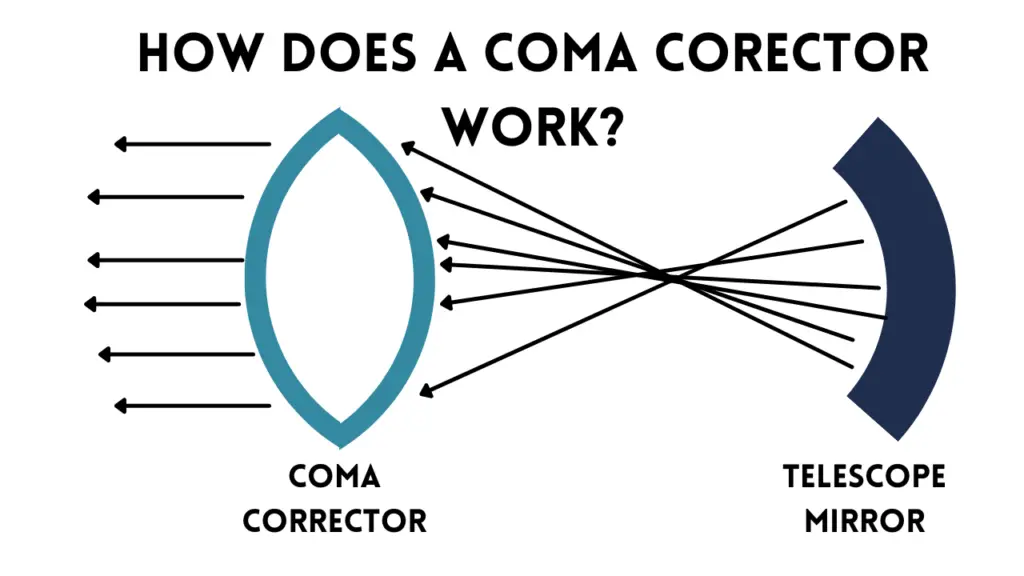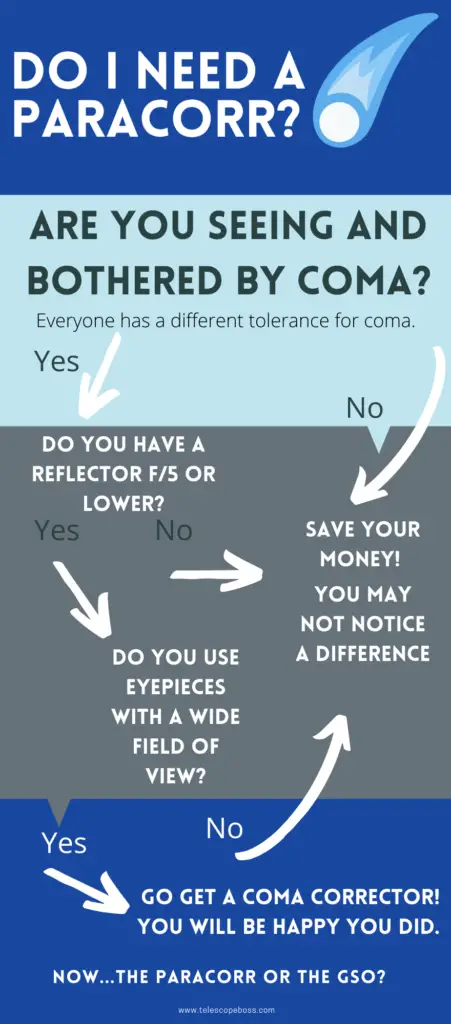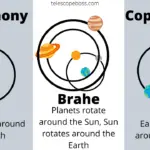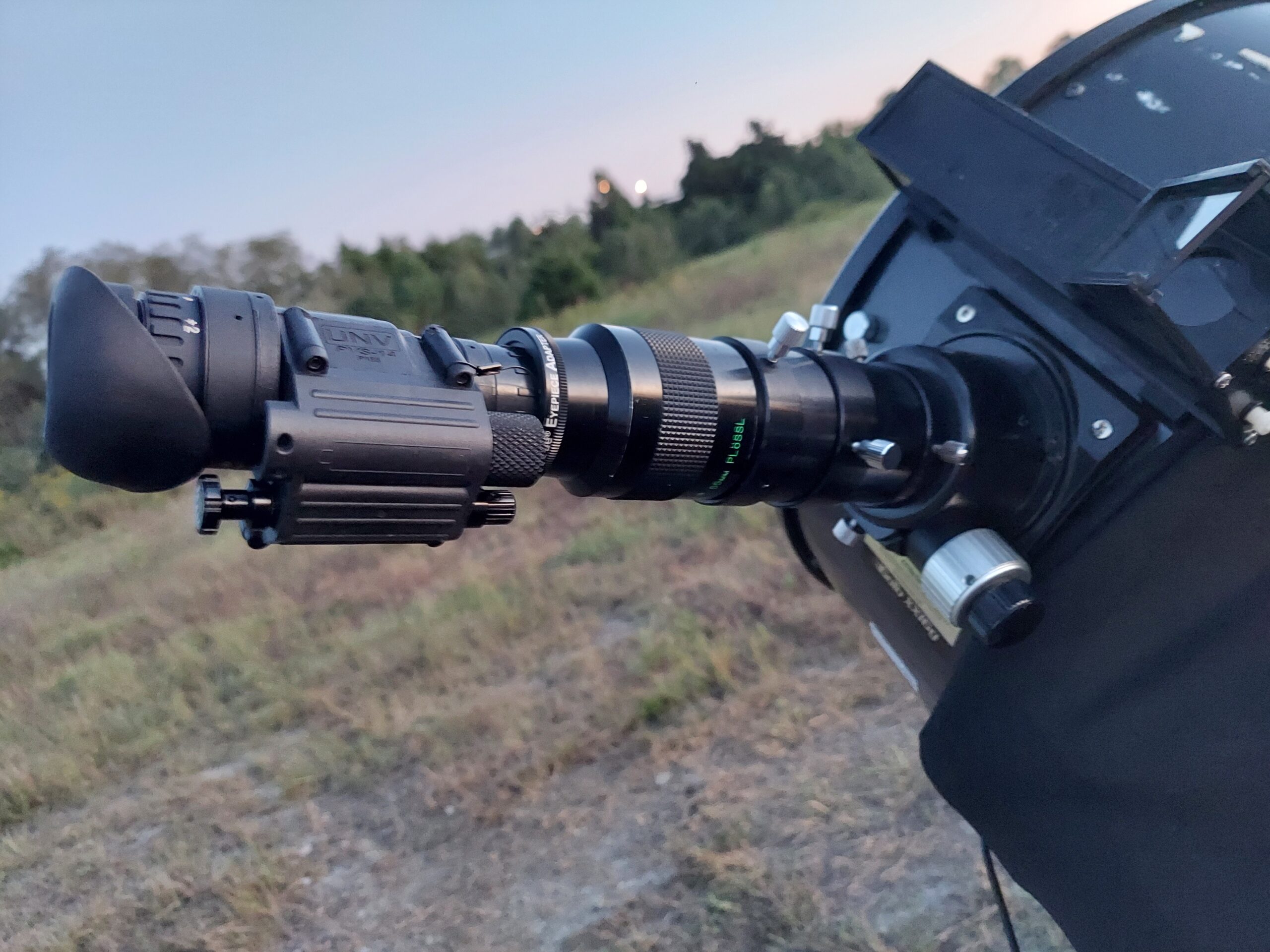Paracorr is a highly respected type of coma corrector. Coma, short for comatic aberration, is the elongated appearance of stars when viewed through a telescope. Coma can be slight or very noticeable and it is usually most pronounced around the edge of your field of view.
There are three questions you should ask yourself when considering a Paracorr or any coma corrector:
Are you seeing and bothered by coma?
When you are using your telescope, if you are seeing elongated or egg shaped stars, especially around the edge of the field of view then you are likely to seeing coma. (Although, it could also be astigmatism)
I have found that astronomers have various tolerances for coma, so even if you see it it may not bother you.
I find that some targets are more distorted by coma than others, the double cluster for instance looks much better with a coma corrector, but I do not use it when viewing planets at high power.
I have heard many people say that once they use coma corrector they keep it in the focuser all the time.
Do you have a reflector that is f/5 or faster?
Fast reflector telescopes have a shorter focal length and a wider field of view. Since coma is most pronounced at the edges of the field of view, the wider it is the more coma will be apparent.
Coma is the result of the off axis parabolic mirror in your telescope and a coma corrector kinda lines the light back up to correct the image.
A shorter focal length will experience more coma as the reflection is spread out over a larger field of view exaggerating the distortion.
Do you use eyepieces with a wide field of view?
A fast scope and wide angle eyepieces will produce the most coma of any combination of optics.
If you have and enjoy using eyepieces with a 70 degree field of view or greater, you will appreciate the difference a coma corrector will make.
If you answered yes to all three questions you should consider purchasing a coma corrector.
The question becomes, which one should I choose?
Paracorr vs GSO Coma Corrector
I think there are really only two options:
| Paracorr | GSO Coma Corrector |
| Very Expensive | More Affordable |
| Tuneable Top – Highly Adjustable | Must Use Spacers |
| Requires Well Corrected Eyepieces | Requires Well Corrected Eyepieces |
| Faster And Easier To Use | Parfocalizing Rings |
| Highly Compatible With Televue Eyepieces | Required Frequent Manual Adjustments |
| Suitable For Visual Or Astrophotography | Best For Visual |
I do not have any experience with the Baader coma corrector, but they do have one available.
I chose to go with the GSO coma corrector (not an affiliate link) and I have been very happy with that decision. It is available through Agena Astro.
It was a learning curve for sure, the first time I used it and got it in focus I still had coma. After talking to some friends I got a set of spacers and now it works very well for me.
The big difference with the GSO is that you have to do more work and fiddling with it to get sharp images. The Paracorr is more of a plug and play, you don’t need any additional spacers.
You can find more details about the Paracorr and the Orion Coma Corrector on the Orion website. (affiliate links)
What is a Paracorr used for?
A Paracorr is a very high quality coma corrector (affiliate link) that is highly adjustable and designed to be used with Televue eyepieces. Coma correctors are usually used with reflector telescopes with a focal ratio of f/5 or lower. These telescopes seem to produce the most noticeable coma.
Paracorr is inserted into the focuser and eyepieces are inserted into the Paracorr. You can adjust the focus on the Paracorr or with the focuser.
Paracorr coma correctors are used mainly for visual observation. The telescopes that benefit from using a Paracorr, reflectors f/5 or lower are not preferred for astrophotography so it is not often part of an astrophotography set up.
These coma correctors can be used with all types of eyepieces but they have special settings for use with Televue eyepieces.
Other eyepieces will have to be manually adjusted, then record the settings to repeat in the future.
How does a coma corrector work?
Coma is a result of the parabolic shape of telescope mirrors and coma correctors are off-axis lenses that redirect the light to create a crisp image. Coma can be an issue with many types of telescopes and eyepiece combinations, but is most common with reflector telescopes.
You can imagine the light bouncing in a pattern from the mirror to the eyepiece, some of the light will bend, the light around the edge on the curved surfaces of the mirror will be distorted. This is coma.
You can correct coma with a single or series of lenses that straighten up the reflection of light to the eyepiece.
This is a diagram that shows roughly what happens with a coma corrector. The distortion is exaggerated, but the light path is correct. The light bounces from your slightly curved mirror to the eyepiece.
Coma correctors need to be spaced correctly between your mirrors and lenses. Each eyepiece, telescope and focuser may have different needs for spacing. You will need to play around with your coma corrector and each eyepiece to find the correct spacing.

If this seems like a lot, you do not need a coma corrector. Coma does not bother everyone.
A paracorr is a coma corrector that does not need spacers, and has settings determined for Televue eyepieces.
I have a GSO coma corrector and I don’t even want to look at the double cluster without it. I have to use a spacer and I cannot set my eyepiece all the way into the coma corrector. The spacing does not allow me to achieve focus.
This is the difference between a roughly $120 coma corrector and a $500 coma corrector.

Can better eyepieces improve coma?
A better eyepiece makes coma more pronounced; it does not eliminate coma. The coma is produced by the mirrors inside your telescope. To correct coma, you need a coma corrector.
You may notice more coma with a wider field of view eyepiece, so switching to a narrow field of view may improve your experience of coma.
Wide angle eyepieces can be used with a coma corrector because a coma corrector is wider than 100 degree field of view.





